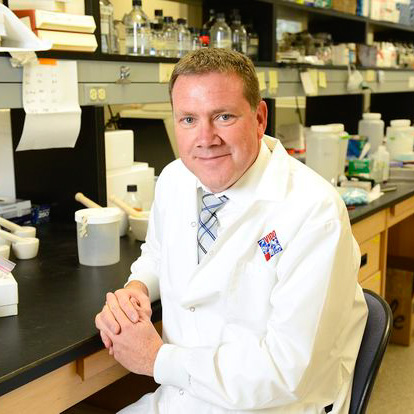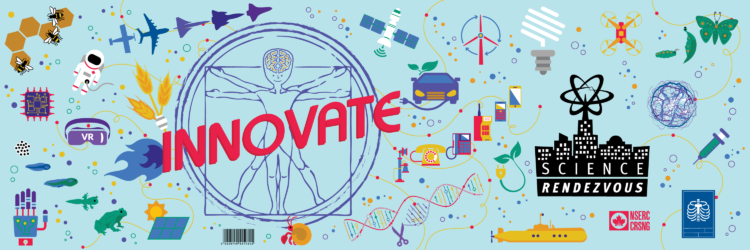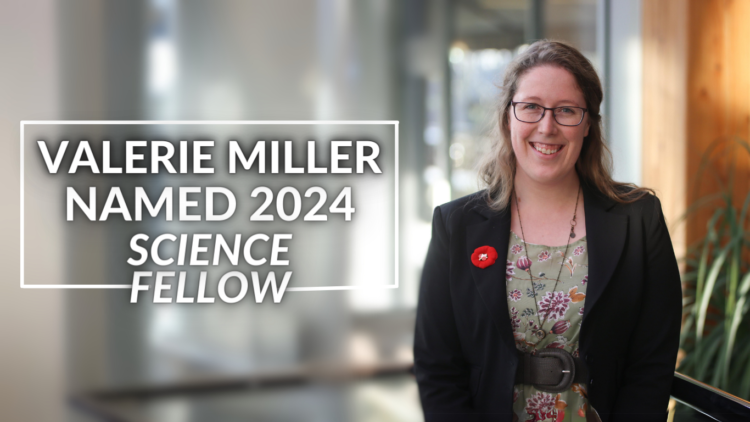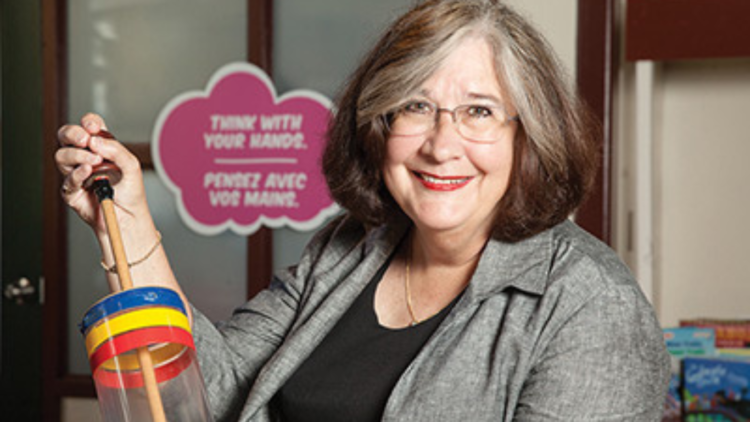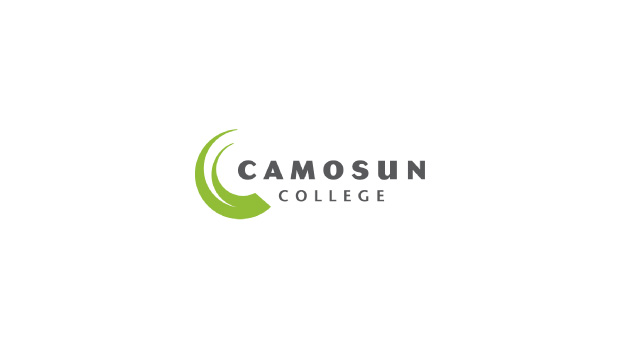It’s 5 AM, and Dr. Volker Gerdts and his team are already online. They’re on a conference call as one of the 50 international groups working with the World Health Organization, sharing data and working together to determine the best approach to developing successful vaccines for COVID-19. Dr. Gerdts is one of many Canadians making significant contributions to the global efforts against COVID-19.
Dr. Gerdts is at one of the few Containment Level 3 facilities in the world capable of working with large animals. His team is testing a potential vaccine they’ve developed. This is the same team that was quietly the first in Canada to isolate the COVID-19 virus, working out of the University of Saskatchewan’s VIDO-InterVac.
VIDO-InterVac, which is short for the Vaccine and Infectious Disease Organization – International Vaccine Centre, expanded their vision in 2003 to protect Canada and the world from infectious diseases. In 2011, they opened their Level 3 facility, which is a facility prepared for working with microbes that can produce serious and potentially lethal disease through inhalation. VIDO-InterVac has worked on other coronaviruses, such as MERS and SARS, and developed two coronavirus vaccines for animals. Dr. Gerdts is hopeful about their approach, stating that the estimate that a vaccine will be ready in 12-18 months is realistic. The team should know in May whether the vaccine works in animals or not.
On March 10, a Toronto team had also isolated the COVID-19 virus. Because the viruses were obtained from different patients, they may not be identical to each other. Any differences will be important for studying how to detect or target the virus. Dr. Paul Hodgson, associate director of business development at VIDO-Intervac, told the Globe and Mail, “I think having multiple virus isolates is incredibly valuable. We can see whether one vaccine or therapy works across all the virus strains … if there are known [genetic] variations.”
Using the isolated virus, the team was able to produce a potential vaccine. Now the vaccine must go through testing, the first of which will be with ferrets. Because their respiratory systems are similar to humans’, they are critical in ensuring the safety and efficacy of the potential vaccine. Moreover, vaccines must be proven to be safe in animals before they can be tested on humans.
Time is of the essence so the team of 30 are working in shifts, almost 24/7, to accommodate the work, and conducting more than one study at a time. They’re doing the same research on hamsters, thus getting a headstart on proving that the vaccine works on a second animal. “There’s some suggestion out there that hamsters may also be a good model for this disease,” Dr. Gerdts told the Globe and Mail, “So that will allow us to enhance our capacity and get more work done.”
The next step in testing will involve infecting the animals with the virus in a few weeks to see how effective the vaccine is. VIDO-InterVac is also looking at drugs and antivirals that may help until the vaccine is ready and testing candidate vaccines from other companies.
The research is being funded with $4.2 million from the Government of Saskatchewan and $23 million from the Government of Canada, which greatly enhances what the team will be able to do. This will help with the hiring of new people, operational costs, the production of vaccines for clinical trials, conducting studies in parallel, and the construction of a manufacturing facility. The facility will allow for in-house production, which will significantly accelerate the development of vaccines. With outbreaks being inevitable, the facility will also improve Canada’s emergency preparedness for future emerging infectious diseases.
